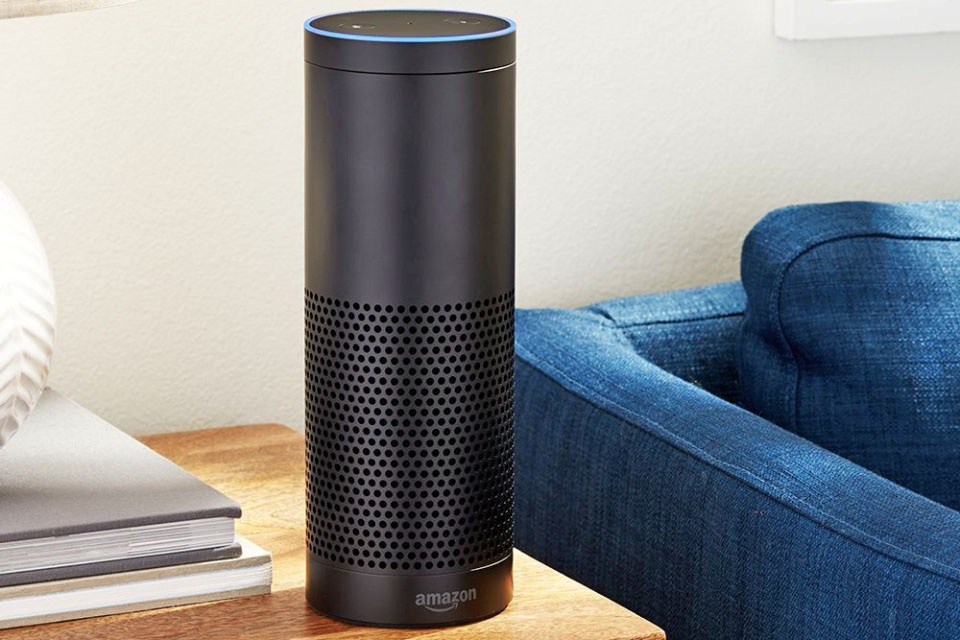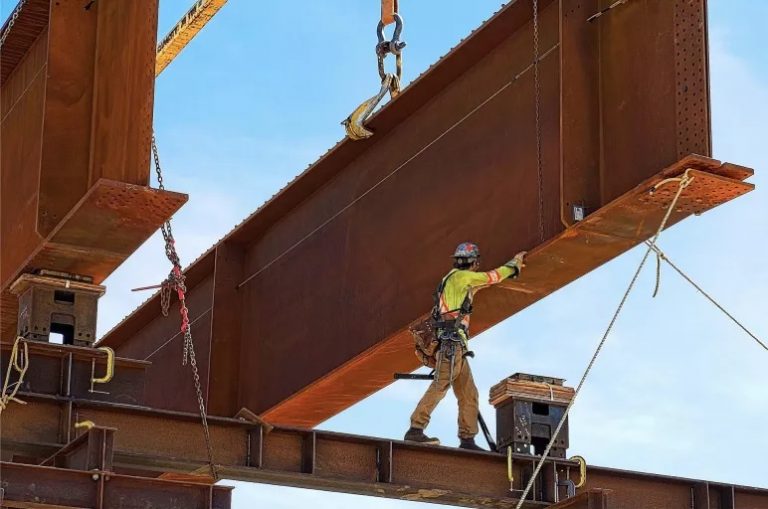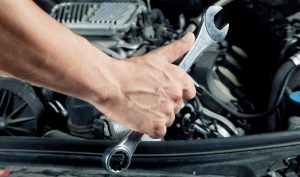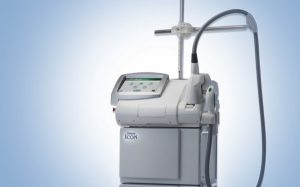When planning an outdoor event, one of the most important considerations is the audio environment. The quality of sound and the way it travels over the audience is noticeably different from sound quality and dispersion in an enclosed area. Additionally, environmental noises wreak havoc on the listeners’ immersive experience in the music or message. Although most audio professionals can design an ultimate audio rental equipment package for any event, the host should first examine several considerations. Communicating needs and expectations to the design team is vital in ensuring the audience receives a pleasurable listening experience.
Before the technicians can begin the audio portion of av equipment selection and layout design, they need to know details of the space and event. The event host may be largely responsible for gathering this information, so he or she should note several critical details. Ambient and environmental noises affect equipment requirements and timing, especially occurrences such as rush hour traffic, heating and cooling unit cycles, train or bus schedules or other relevant, localized disruptions. Wind can also be destructive to sound quality, particularly if it blows across a microphone. In windy climates, microphone windscreens should be on the equipment rental list. Although the event will not be enclosed, the area may have structures, fences, or trees that will reverberate or absorb sound.

Equipment requirements also depend on the type of event. Audio technicians give specialized considerations for broadcasting music, orations, and stage performances as each type of production presents unique challenges including microphone selection. Finally, the size and relative position of the audience to the stage and peripheral speakers are major factors in sound system design.
How the speakers deliver the sound to the listeners is significant, as is what happens to that sound on its way across the audience. According to technical information, a speaker’s Q factor determines the amount of focus its soundwave beam has. A speaker with a high Q sends a tight, directed blast of sound, and a low Q speaker offers omnidirectional sound with even coverage. This factor aids in choosing and placing speakers to broadcast a pleasing tone to the distant audience without distressing those close to the equipment.
The primary difference between indoor and outdoor sound quality is reverberation. Experts in designing sound systems used for both music and oration explain how as sound bounces back onto the audience from walls and ceilings, it fills a room with evenly rich sound. Low frequencies, such as bass instruments, maintain sound pressure levels because of reverberation. However, outdoors the fullness quickly decays, especially in the lower ranges. The decay and loss results in hollow, tinny audio reaching audience members further from the speakers. One way to overcome this decay is by renting enough speakers and amplifiers to distribute adequate audio throughout the crowd. For concert events, low-frequency drivers and digital reverb units may intensify the listening experience as well. With careful planning, warm and even sound should reach each audience member at an enjoyable level.

















+ There are no comments
Add yours